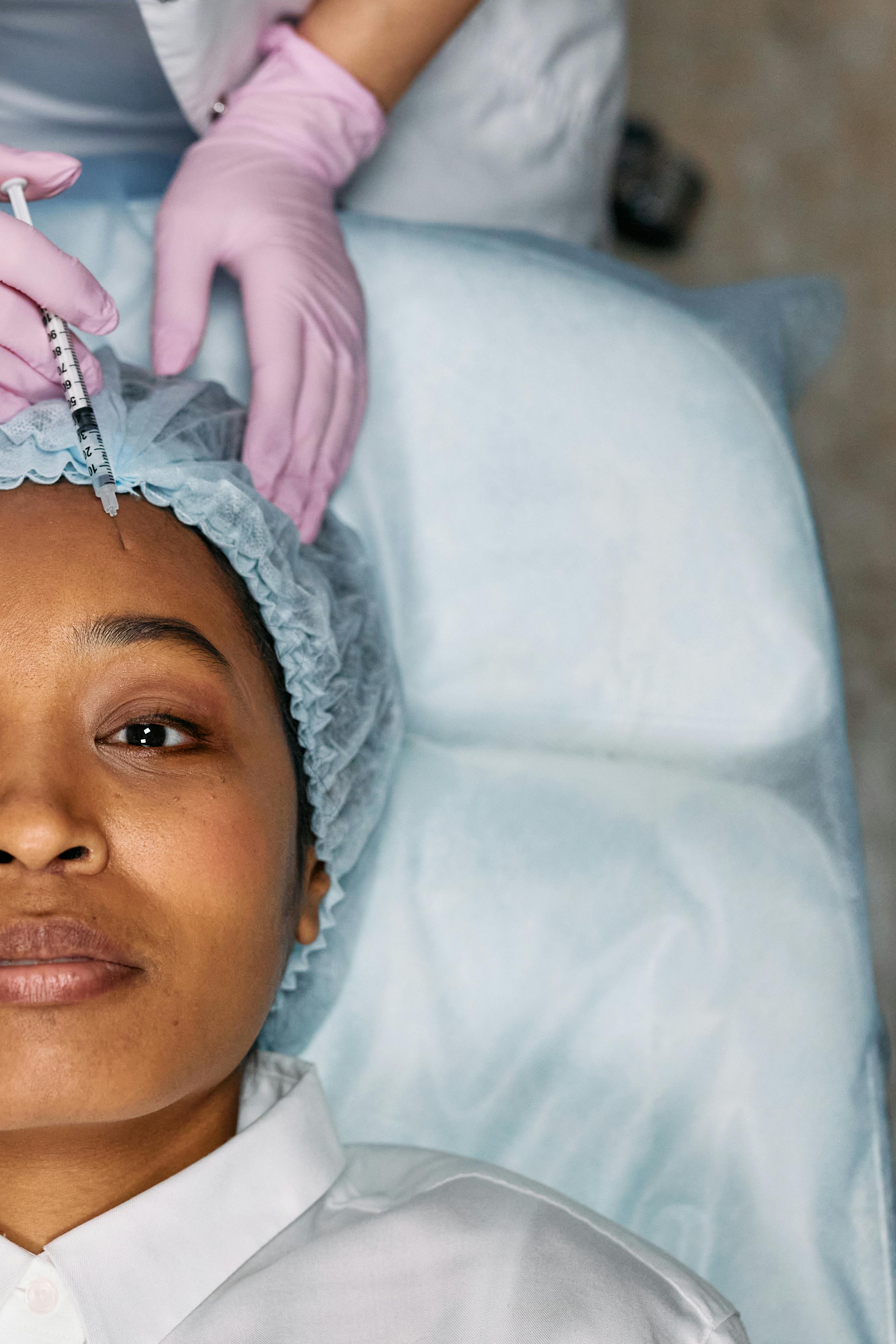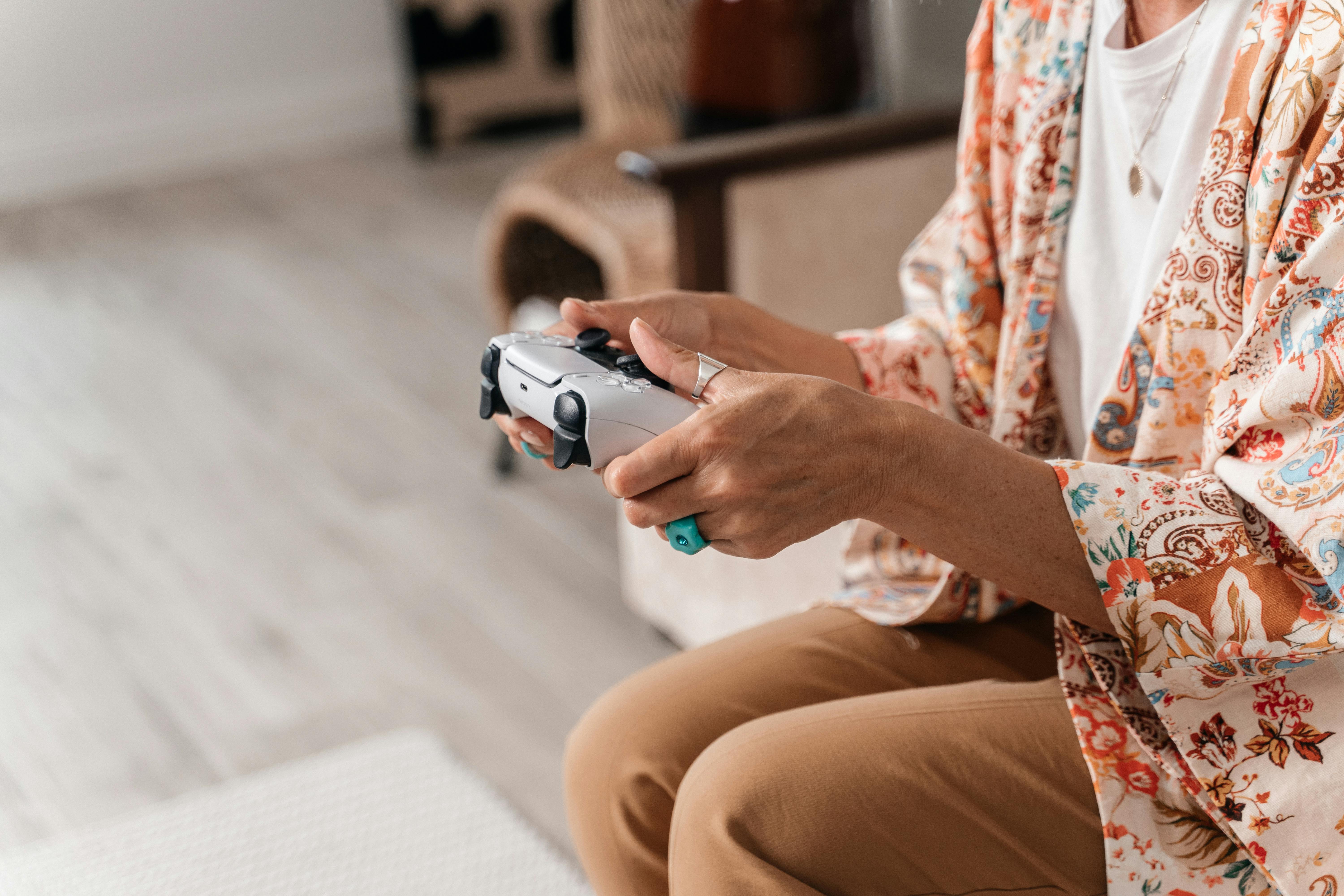Embracing the New Age: A Deep Dive into Botox and its Impact on Beauty Standards
In the ever-evolving world of beauty and aesthetics, Botox has emerged as a game-changer. Initially developed as a medical treatment for muscle spasms, it has since entered the mainstream beauty industry, providing an effective solution for those seeking a more youthful appearance. The rise of Botox is a testament to our society's shifting attitudes towards aging and the pursuit of physical perfection. This article explores the history, current relevance, and impact of Botox on beauty standards.

The Medical Origins of Botox
Botox, or botulinum toxin, was first identified in the late 1890s. It was initially associated with food poisoning, as it is a neurotoxic protein produced by the bacterium Clostridium botulinum. However, in the mid-20th century, it became apparent that this toxin, in controlled doses, could be used therapeutically. The first medical use of Botox was for treating strabismus, a condition that causes misalignment of the eyes. By paralyzing certain eye muscles, Botox could correct the misalignment.
From Medical Use to Cosmetic Revolution
The cosmetic use of Botox began in the late 1980s when a Canadian ophthalmologist, Dr. Jean Carruthers, noticed that her patients’ wrinkles were disappearing after Botox treatments for eye conditions. This serendipitous discovery led to the first clinical trial of Botox as a cosmetic treatment, and by the late 1990s, the FDA approved Botox for treating moderate-to-severe frown lines.
Botox Today: A Staple in the Aesthetic Industry
Today, Botox is one of the most popular non-surgical cosmetic treatments worldwide. It’s used to smooth wrinkles, fine lines, and also for medical purposes such as treating migraines and excessive sweating. Its popularity is largely attributed to its non-invasive nature, the relative speed of the procedure, and its effectiveness in achieving a more youthful appearance.
The Impact of Botox on Beauty Standards
The rise of Botox has undoubtedly influenced our beauty standards. It has made the pursuit of a wrinkle-free, youthful appearance more accessible and acceptable. Botox has also challenged the idea that aging is something to be embraced. On one hand, it empowers individuals to have control over their appearance. On the other hand, it raises questions about societal pressures to maintain a youthful aesthetic, regardless of age.
The Reception and Controversies Surrounding Botox
As with any cosmetic procedure, Botox has been met with varied reception. Advocates praise its ability to boost self-esteem and confidence, while critics argue it perpetuates an unrealistic standard of beauty and youth. There has been ongoing debate about the ethics of Botox use, particularly in regards to its potential to encourage a culture of perfectionism and the risks associated with its misuse.
The existence of Botox parties, where the treatment is administered casually in a social setting, has raised concerns about the trivialization of a medical procedure. Experts caution against these gatherings, as they can lead to improper administration and potential health risks.
The Future of Botox: Trends and Predictions
The demand for Botox shows no signs of slowing down. As the technology and techniques evolve, it’s predicted that the use of Botox will become even more widespread. New applications are being explored, including treatments for conditions like depression and anxiety.
However, as the popularity of Botox grows, so does the need for proper regulation and education. The potential risks and side effects should not be downplayed, and users should always seek treatment from a licensed professional.
In Conclusion
Botox, once a simple medical treatment, has grown into a powerful symbol of our society’s complex relationship with beauty and aging. Its rise reflects our desire for control over our appearance, but also highlights the pressures to conform to certain aesthetic standards. As we look to the future, it is essential to consider not just the benefits of Botox, but its broader social implications.





